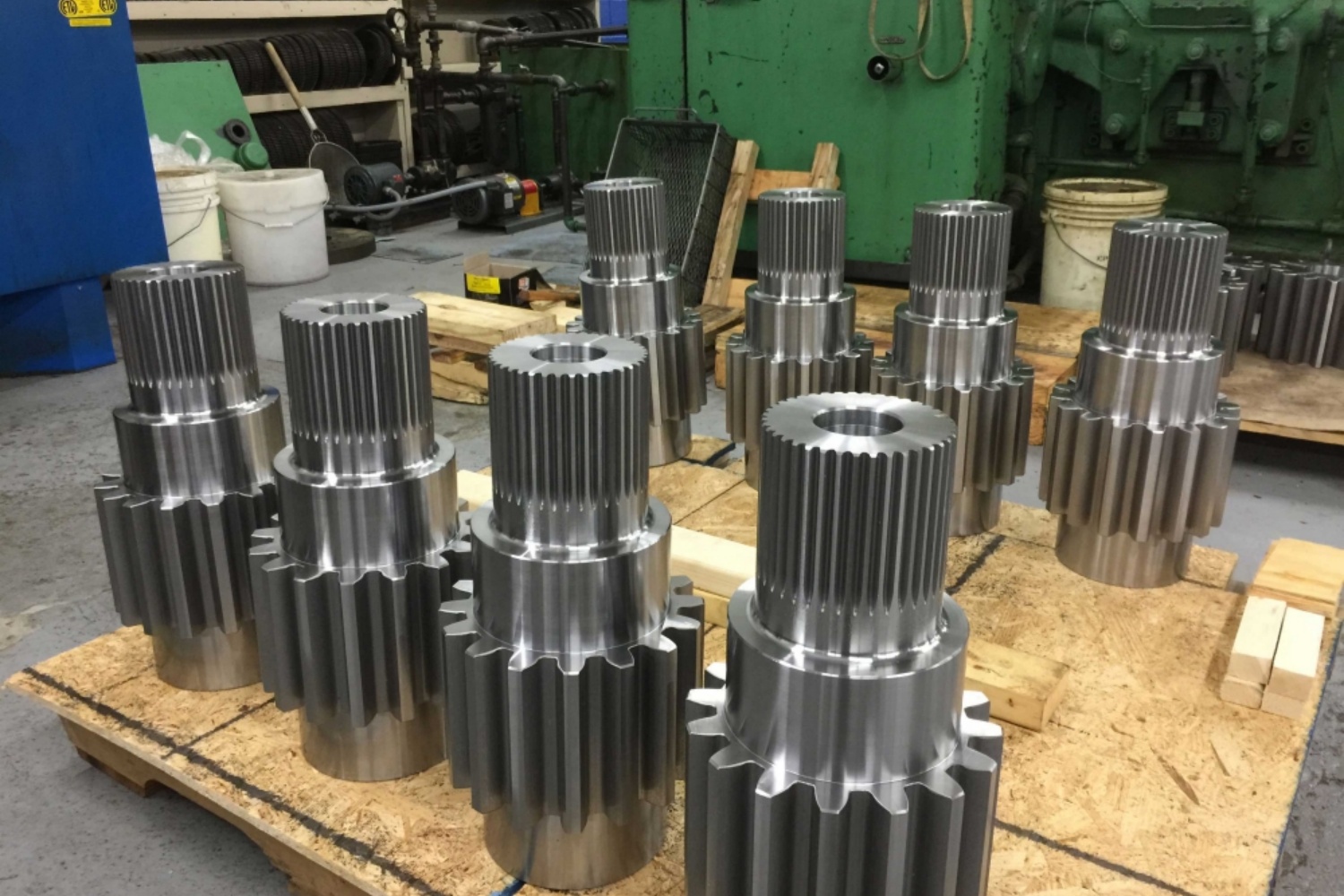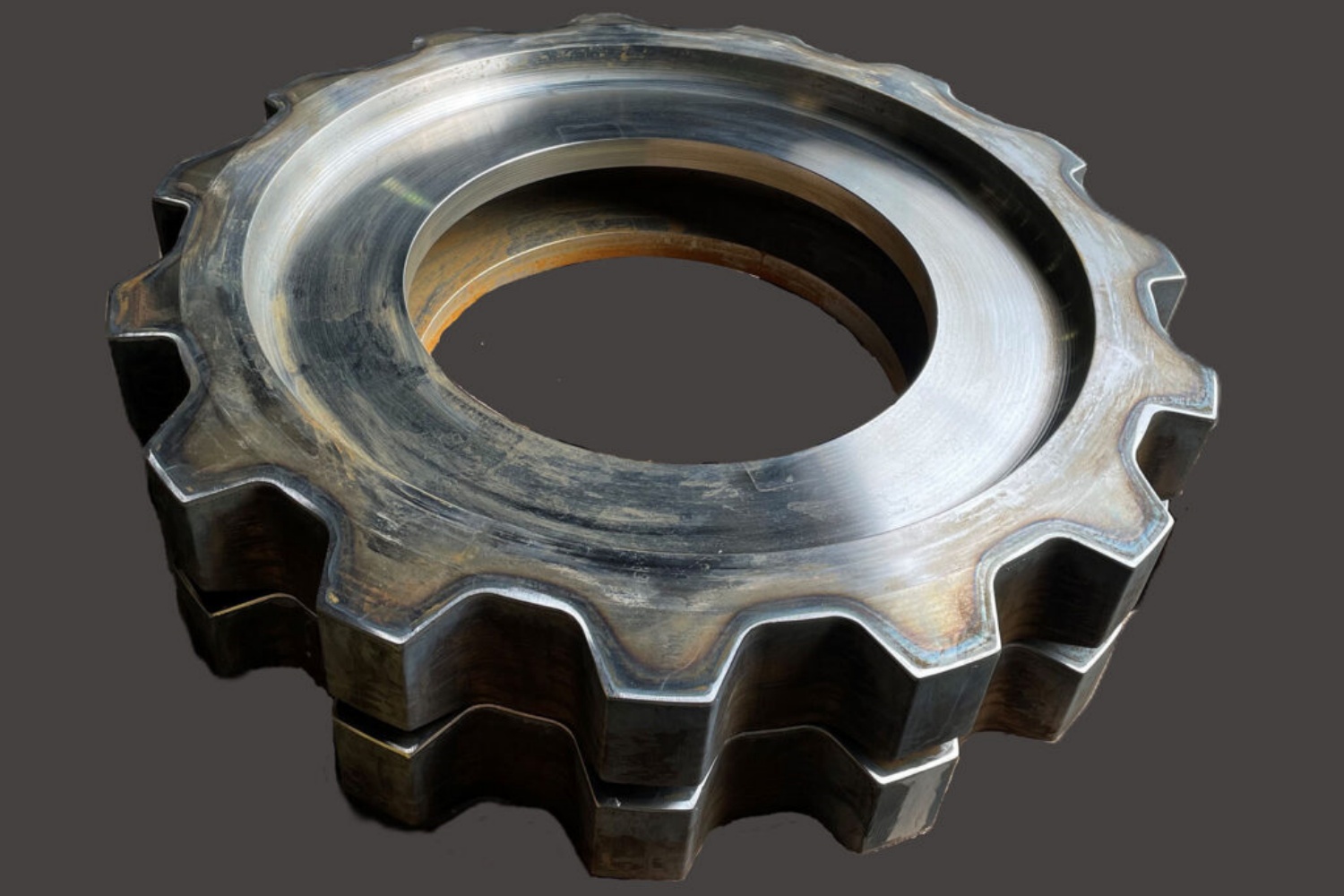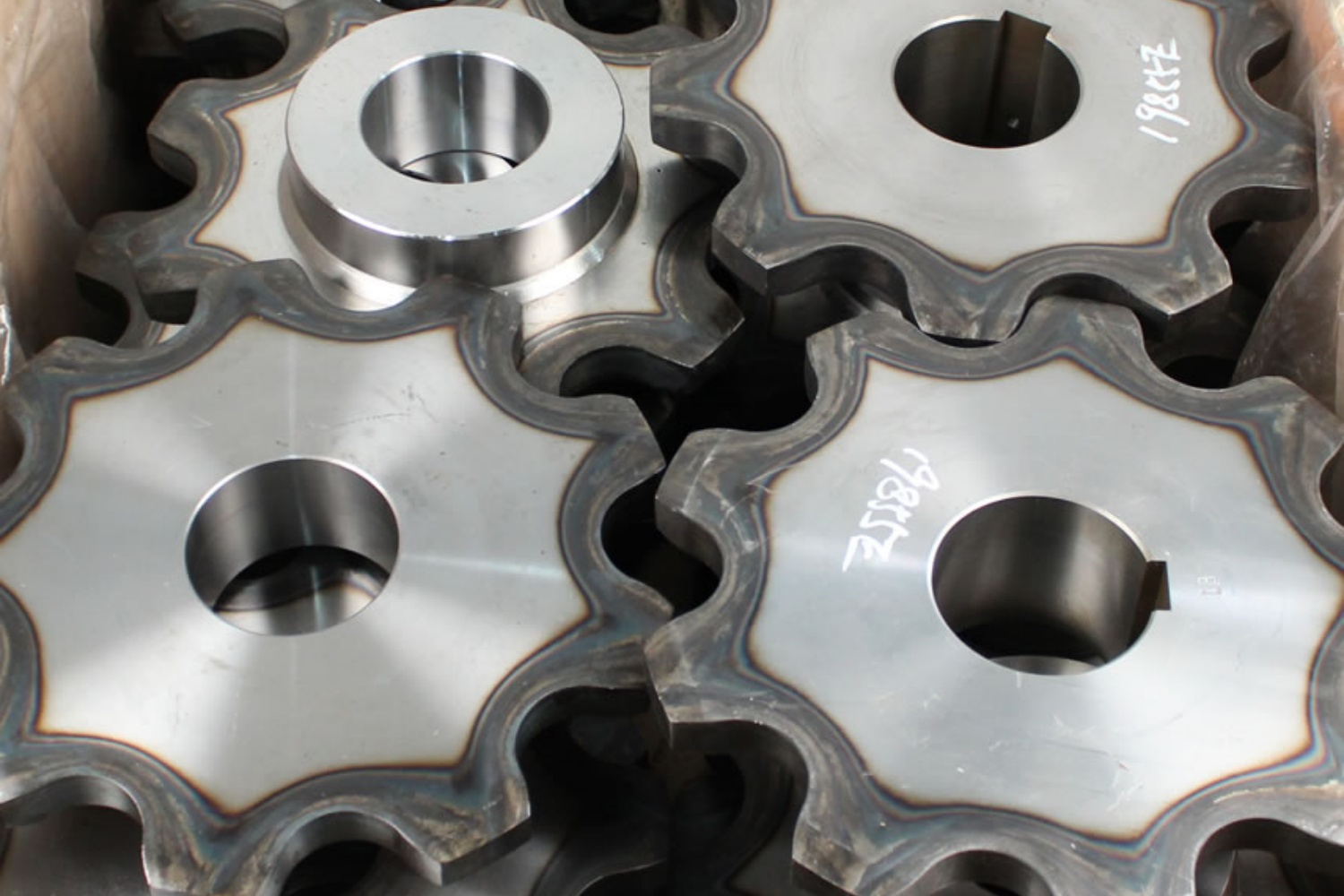As one of the transmission accessories, the belt pulley is indispensable in the mechanical transmission.
The transmission principle of the belt pulley: using the belt to connect the driving part and the driven part that are not directly contacted, and driving the movement and power with the pulling force generated by the friction force.
The pulleys are generally casted with the material as cast iron because of the better casting performance. While cast steel is rarely used due to the poor casting performance of the steel itself. The pulleys of small size can be forged with material as steel.
The advantages of pulley transmission are:
- Be able to alleviate the impact of load
- Running smoothly, low noise and low vibration
- Simple structure and easy to adjust
- No high accuracy requirements compared with meshing drive in the aspect of the manufacturing and installation of the pulley
- Overload protection
- Relatively wide adjustment range of the center distance of the two shafts
- Convenient production, simple maintenance.
The disadvantages of pulley transmission are:
- The elastic sliding and skidding will occur during pulley transmission, so the transmission efficiency is relatively low, and the accurate transmission ratio cannot be maintained.
- Compared with meshing transmission, when the pulley transmission transmits the same large circumferential force, it will have relatively more pressure on the outline sizes and the shafts.
- The life span of the belt in pulley transmission is relatively short.
CONTINUE READING
Related Posts
In the dynamic landscape of mechanical engineering, spline shafts have played a pivotal role in power transmission and motion control. […]
In the world of industrial machinery, sprockets play a critical role in the efficiency, performance, and durability of various equipment. […]
Conveyor sprockets are vital in material handling systems, driving the chains and belts that transport products across various industries. In […]




